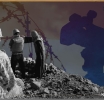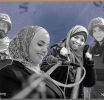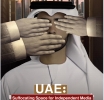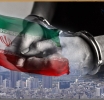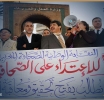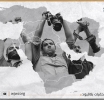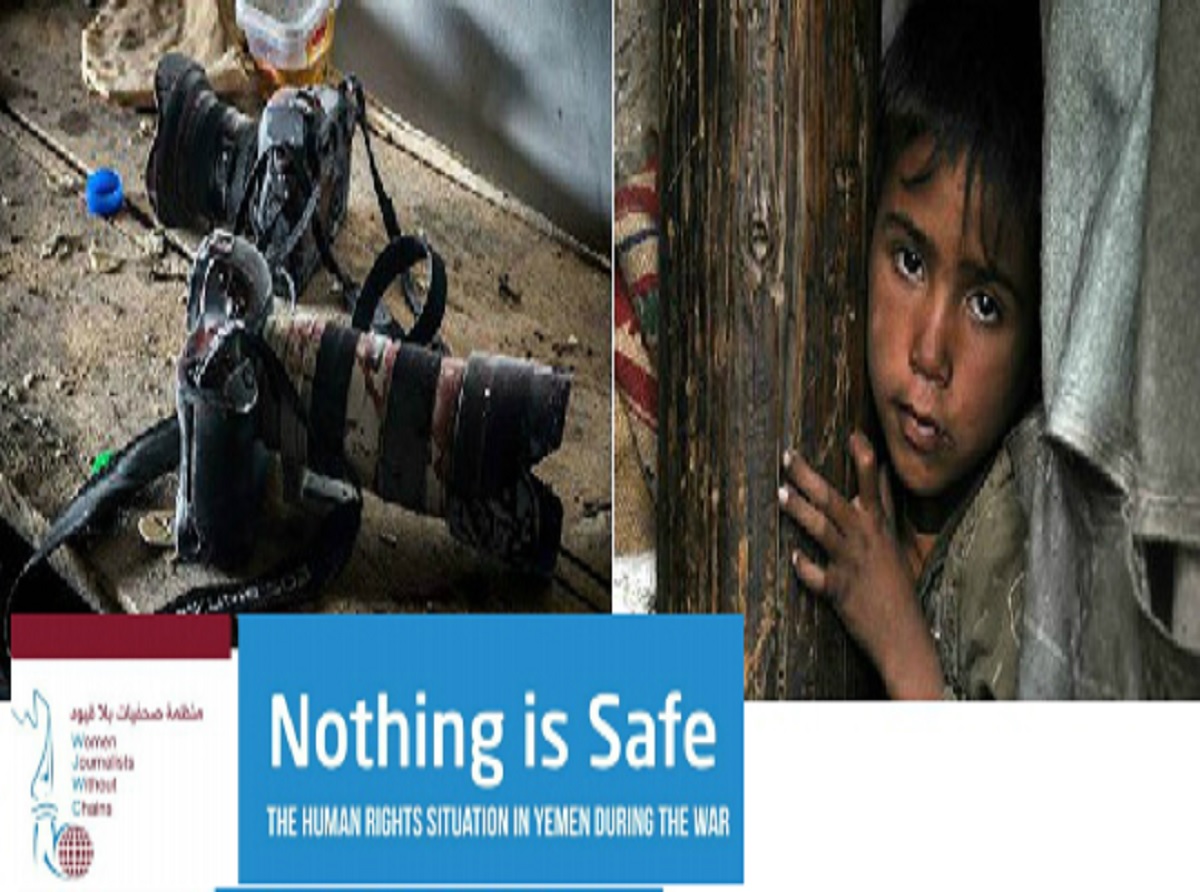Women Journalists Without Chains (WJWC) monitored 250 cases of press freedom violations in 2017
The Yemeni conflict has caused immense suffering in the journalistic community over the past three years. Women Journalists Without Chains (WJWC) monitored 250 cases of press freedom violations in 2017, which made journalists' lives insecure and created a very harsh and painful period for press freedoms due to constant abuse and targeting. These violations included kidnapping, arrest, detention, summoning, trial, assault, threats, incitement, raids, looting, confiscation, torture, suspension from work, and murder.
Out of the 250 cases, 89 were kidnapping, arrest, and detention, accounting for 35.6% of all violations. 41 were summoning and trial cases, making up 16.4%, while 23 were cases of assault, representing 9.2% of all violations. Additionally, the violations included 17 cases of threats and incitement, which accounted for 6.8% of all violations. Other violations included 16 raids on journalists' homes and media headquarters, 10 cases of looting and confiscation, 9 cases of torture and suspension from work respectively, and 4 cases of murder. In total, there were 11 cases of injury, with 8 cases each of attempted murder and blocking websites. Other violations included one case of execution, 3 cases of air strikes on media institutions, and one case of bombing houses of journalists.
The Houthi militia and forces loyal to Saleh were responsible for the majority of press freedom violations against journalists, accounting for 168 cases or 67.2% of all violations. Meanwhile, forces loyal to the legitimate government were responsible for 26 cases, comprising 10.4% of total violations, unidentified gunmen accounted for 34 cases at 13.6%, and the security belt forces accounted for 8 cases at 3.2%. The Arab Coalition forces and Popular Resistance Taiz were responsible for 5 cases each, making up 2.0% of the total violations. The Abu al-Abbas Group accounted for 2 cases at 0.8%, Ansar al-Sharia accounted for 1 case at 0.4%, and media accounted for 1 case at 0.4%.
Sana'a had the highest number of press freedom violations, with 162 cases, accounting for 64.9% of all violations. The Taiz governorate had 34 violations, making up 13.5% of the total, while Aden had 26 violations, representing 10.4%. Hodeidah governorate and Ma'rib governorate each had 9 cases, with a rate of 3.6%. Ibb governorate had 3 violations, at a rate of 1.2%, Shabwa had 2 cases at 0.8%, and Raymah governorate had 2 cases at the same rate. Abyan, Hadramout, and Dhamar each had one case of violation, at a rate of 0.4%.
Unfortunately, 10 journalists were still held captive by the Houthi militia in dangerous conditions, while another journalist remained in al-Qaeda detention centers in Hadramout. WJWC emphasized that the war in Yemen has caused unimaginable misery and claimed numerous lives in the journalistic community over the past three years. Press freedoms are currently going through a very challenging and painful period due to persistent abuse and targeting, which make journalists' lives precarious. Grave breaches against journalists like killing, detention, forced disappearances, and torture are unequivocal proof that both sides in the conflict have a virulent animus for those who work in the media.
However, international norms and treaties classify journalists as civilians, not combatants, even during times of conflict. WJWC stressed the need for media and journalistic institutions to train their staff in occupational safety and protect journalists and media workers covering armed conflicts from all forms of targeting and assault, in accordance with international humanitarian law. The law grants civilian journalists the same protection as civilians, provided that they are not directly involved in hostilities.

 En
En  Ar
Ar 